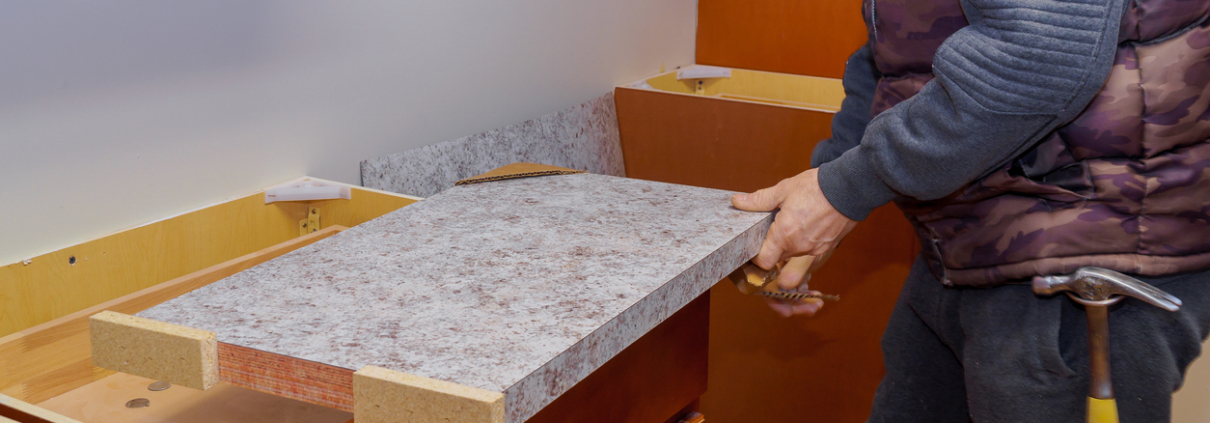Struggles with Stone Installation
Once you’ve made the (wise) decision to use stone as a material for your home, business, or whatever area you need, it’s important to take into account the difficulties with installing that stone surface. Being aware of these issues can help you plan and prepare better for a smooth installation process to get you that stone look you want!
Measuring Correctly
Accurate measurement is essential for proper installation, placement, and cost-effectiveness! Be as careful and thorough as possible when measuring the parameters for your stone surface. Look into the requirements listed by your stone provider to ensure that you comply with their expectations. Overestimating can cause major sizing and fit issues during installment, and re-cutting can be a fragile and risky process. Underestimating will produce awkwardly short edges and insufficient material to cover the wanted space.
Transportation
Granite, marble, quartz, porcelain… all of these are incredibly heavy materials that are tricky to transport. A 30×30 cm, 5 cm thick piece of granite weighs around 13.5 kilograms! Multiply this by a multi-meter surface area for your countertop needs and you are dealing with roughly 100 kg in a concentrated mass. Doorways will require specific, strategic handling of these slabs in order to prevent damage to those door frames, floors, cabinets and more. Special tools are necessary to get these expensive, specially made pieces into your property and properly installed.
Surroundings
As your stone counters or walls or worktops are installed, the areas around it are automatically at risk for damage. The extreme weight alone is capable of cracking unstable surfaces, denting walls, or even worse! Before your stone is installed, empty your cabinets and cupboards of anything breakable! Remove drawers, things hanging on your walls, and any fragile décor that could be knocked over or crushed. Make sure the path from your door to your destination is completely clear, and consider adding protective materials to the floors, doorways and furniture. The dust created from installing stone can be extensive—furthermore, this dust can stain, damage, or cause unpleasant smells to other surfaces in your room (and beyond, so close off as much of the remainder of the house as you can! Do a run-through to troubleshoot potential issues during installation and be prepared for the worst, to ensure the best result.
Look at these kitchen worktops for ideas on how you can implement stone into your home, and prepare yourself and your rooms for the installation process!




Leave a Reply
Want to join the discussion?Feel free to contribute!